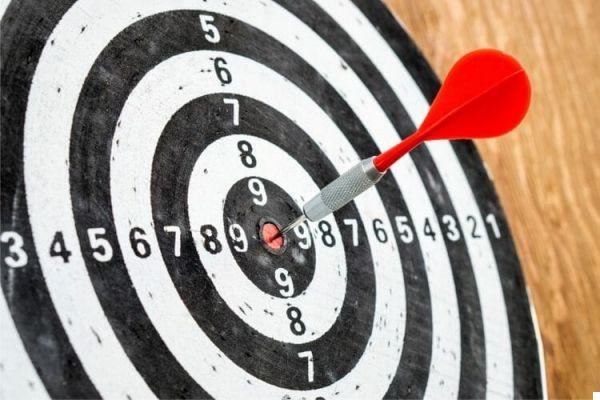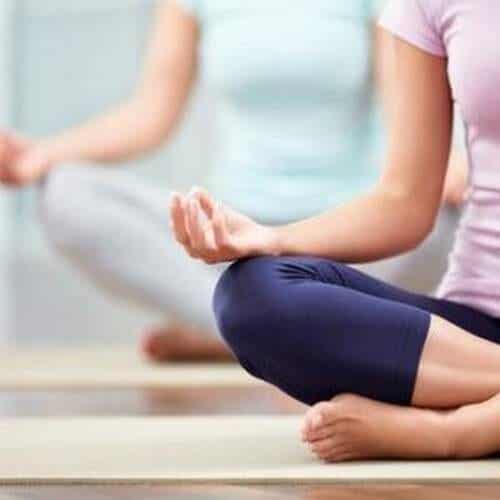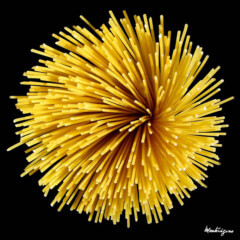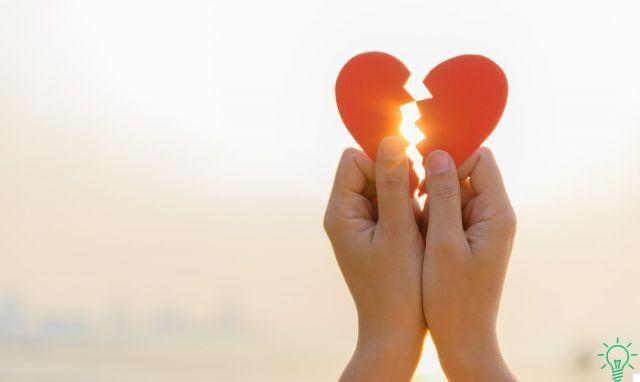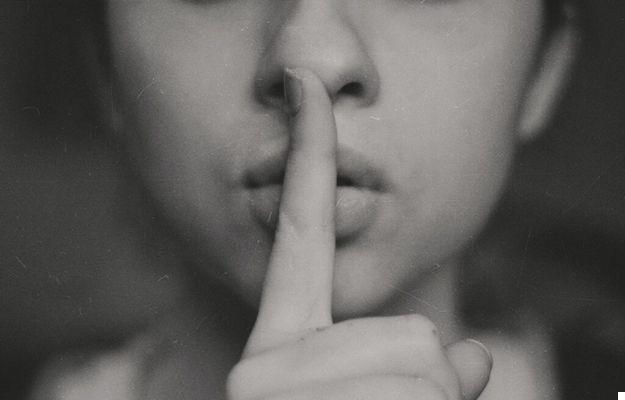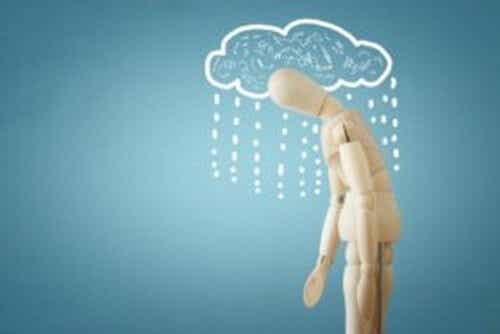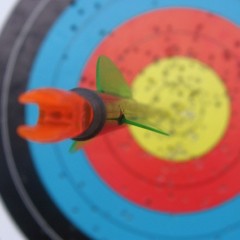Dance has entered the creative arts in psychotherapy. It exploits our predisposition to movement allowing the expression of emotions and sensations that in other ways would not be able to materialize. In this way, we are able to understand them.

Last update: April 10, 2021
Life is movement, from the life cycles of nature to the tides. Movement allows us to connect with life. When we move (take action), we create a bridge between what happens inside us and what we show to the world. Dance reveals a lot about us, more than we think.
Since ancient times, the rituals of dance have created a nucleus on which to center the community life of thousands of people. Through dance one can express experiences, life cycles, rites of passage and even acts of war.
During the twentieth century, psychology and neuroscience developed the concepts of movement and dance providing us with different data on the relationship between the brain and dance. When a person dances, various psychological entities emerge: the script of his life, the way he connects with the world and even his problematic aspects.
Dance is a means of connecting mind and body
Expressing yourself through dance brings many benefits, both to the mind and to the body. The mere fact of dancing allows our body to produce endorphins which, in addition to making us feel good, improve concentration and the quality of sleep. In this way, we have the energy needed to face mental and emotional challenges.
The therapeutic contributions based on dance are part of the so-called transpersonal psychotherapy, a discipline of psychology that derives from humanistic psychology, focused on the body-mind-emotion connection. Although many do not consider it a valid current within what we could call scientific psychology, it is widely used in the context of therapies to improve its effects.
Some schools of thought would add that dance shows the content of the unconscious and the forces that would motivate many of our impulses. On the other hand, the content of the unconscious would also "pour" into our inner dialogue, for better or for worse.
Dance and neuroscience
The latest neuroscience studies on dance help us understand why we dance and how dance can affect our nervous system.
One of the main conclusions of the research conducted by Dr Hanna Poikonen at the University of Helsinki is that professional dancers have significant synchronization of theta waves.
These brain waves are in turn linked to the synchronization of deep brain areas.
From recent studies we know that transcranial magnetic stimulation on the cerebellar worm (which connects the left and right hemispheres of the cerebellum) also increases the synchronization of theta waves.
What is dance therapy?
Dance therapy is the psychotherapeutic use of dance and movement as a support to the intellectual, emotional and motor functions of the body. It is a form of expressive therapy that works on the association between movement and emotions.
The therapist uses dance to help the patient achieve cognitive, emotional, physical and even social integration. The proven benefits of dance therapy are many. For example, it reduces stress, allows you to better manage moods and improves self-esteem.
Dance therapy is different from normal dance
The dance that is performed in dance therapy is much more than just a motor exercise. The movements and fluidity are interpreted as a language.
Movements communicate feelings and the therapist evaluates body language, emotional expressions and in general all non-verbal behaviors.
Some exercises of a dance therapy session consist in making two people dance together, one of which performs the movements of the other person as if it were a mirror. Furthermore, movements are used as a metaphor to express a challenge or a result.
Important skills can be developed during the sessions. For example, the ability to be empathetic or to provide answers in an authentic and sincere way.
Speak using the body
Our feelings and experiences live inside our body and could get trapped inside it. Our body holds the keys to unlocking emotional knots on a deep level. This is done through the use of the body and is very different from speaking using only the head.
It is not necessary to be a professional dancer to benefit from this type of therapy. In fact, they weren't designed with them in mind.
To conclude, dance is a way to express emotions and sensations that we cannot represent in other ways.




